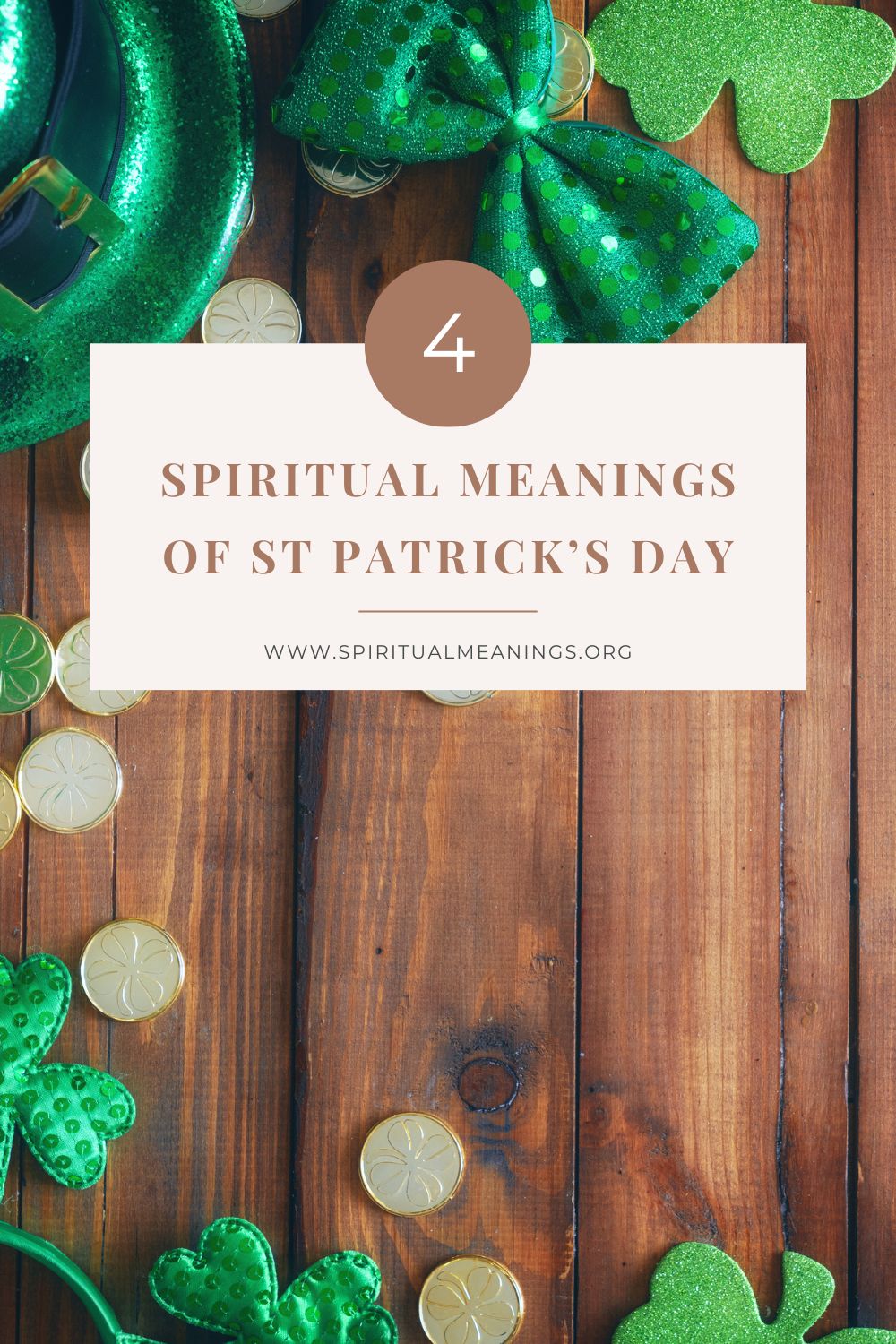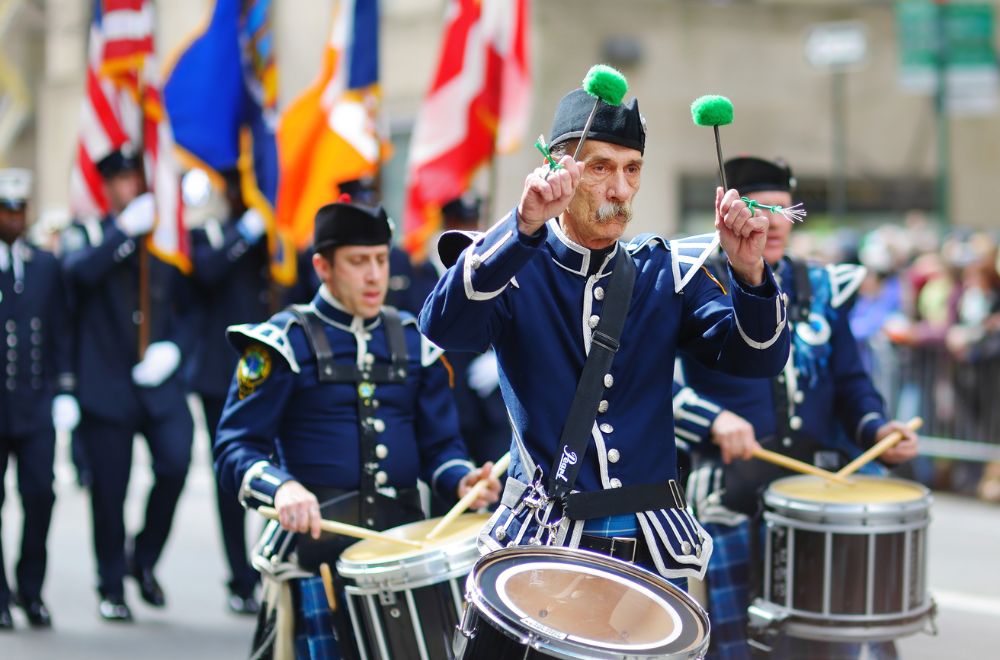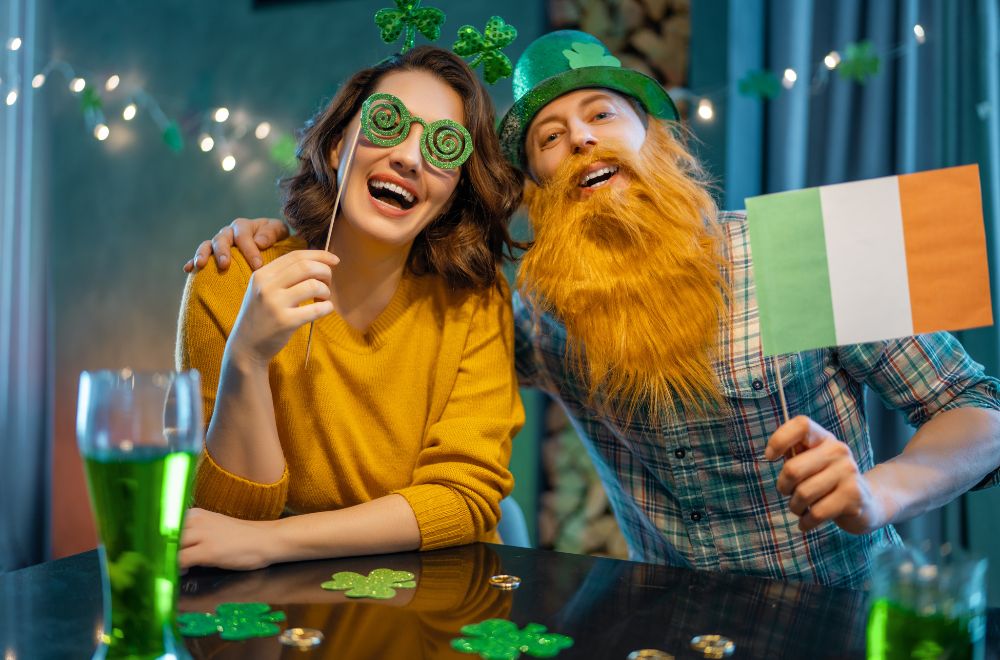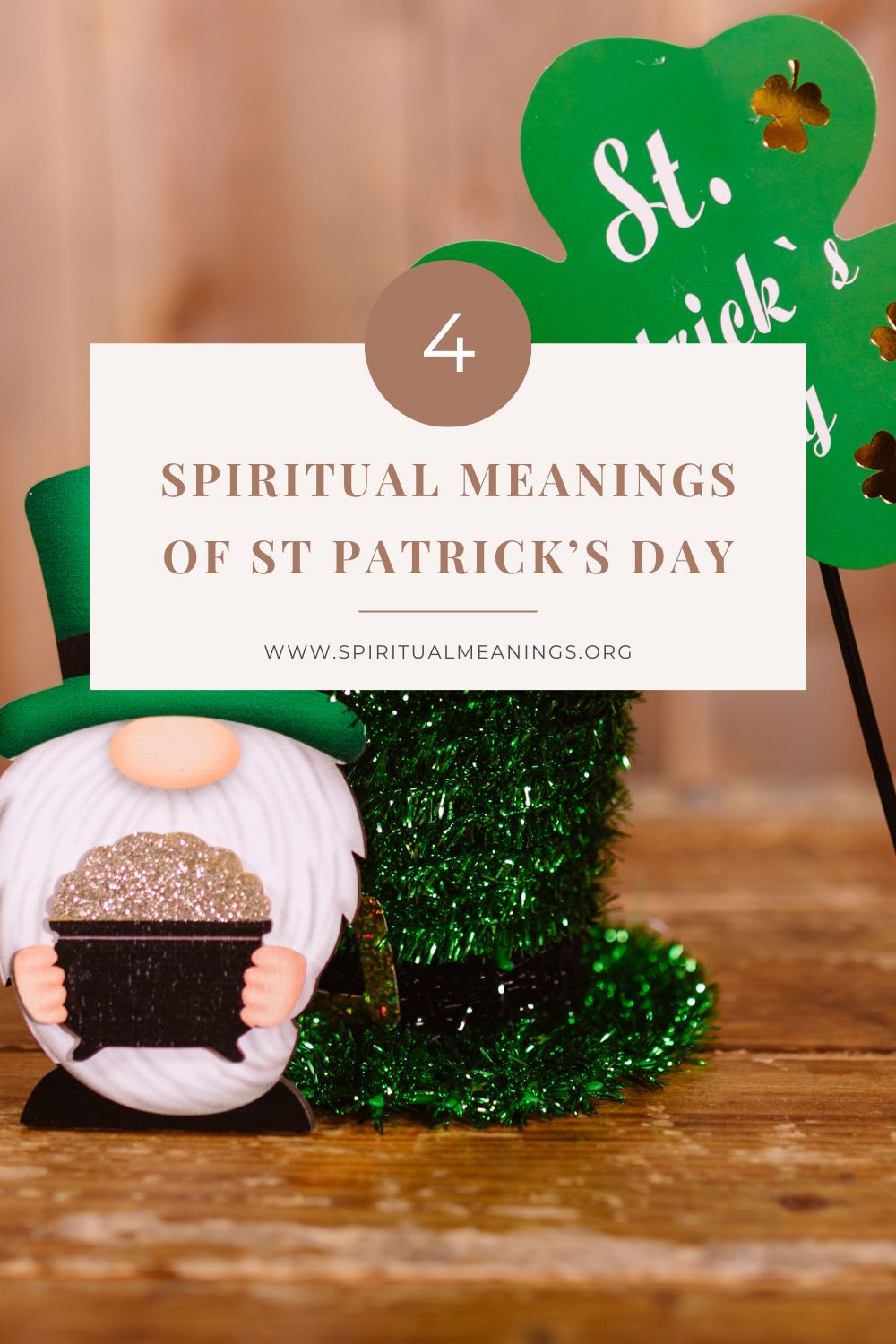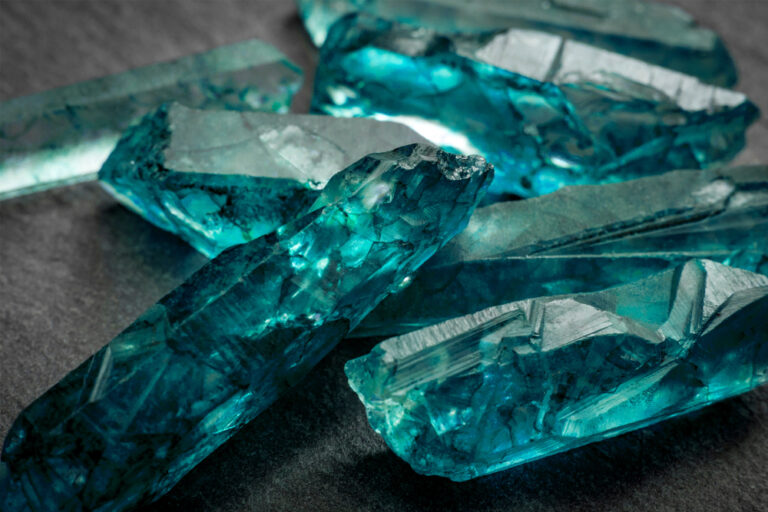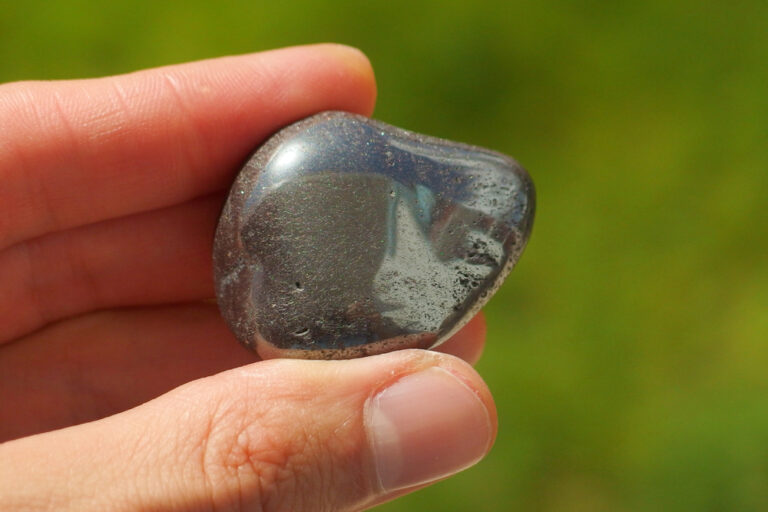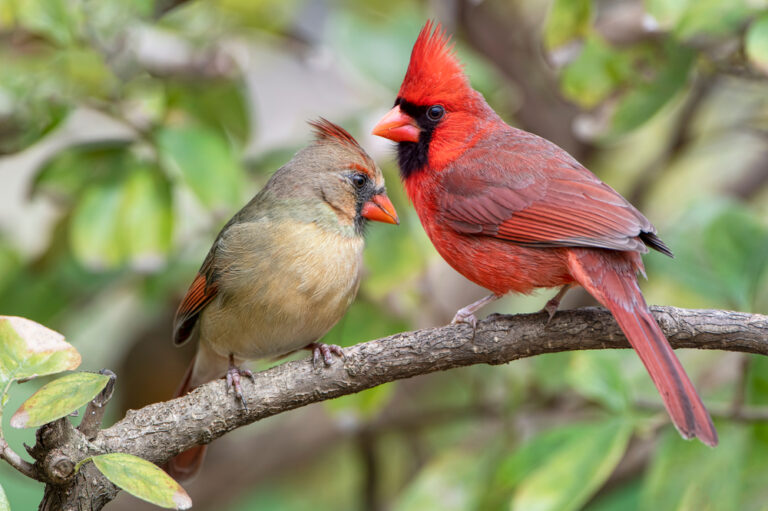St Patrick’s Day is a well-known Irish festival that is commonly celebrated in Ireland and around the world, and it is a vibrant day of fun, festivities and parades that many look forward to, even if they have no Irish heritage themselves.
But what are the origins of this festival? And what is the deeper religious or spiritual significance of the celebrations? In this post, we have all the answers as we discuss the spiritual meaning of St Patrick’s Day.
Who was St Patrick?
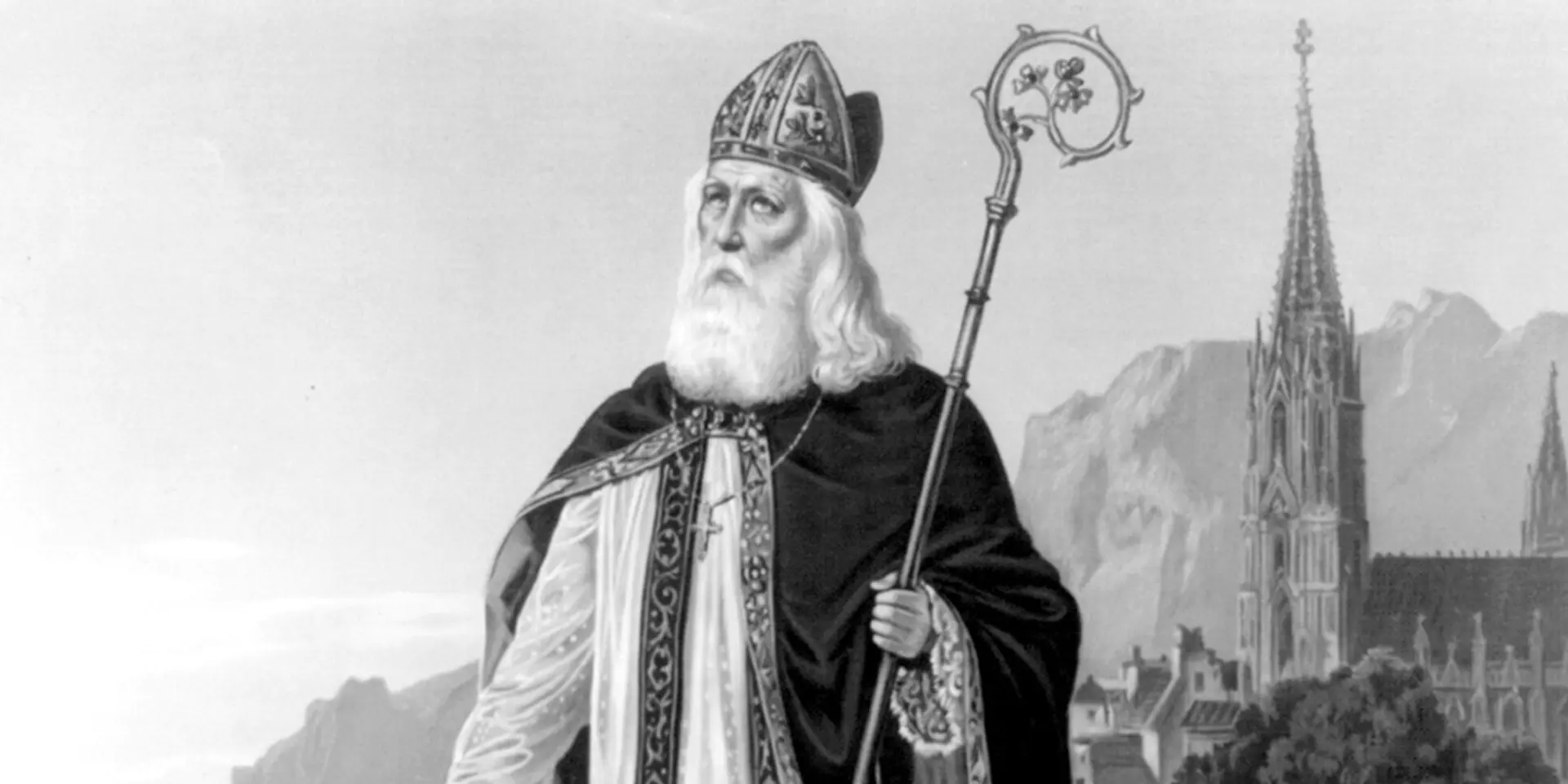
St Patrick is, of course, the patron saint of Ireland, and St Patrick’s Day is a celebration of his life and achievements – but who exactly was he?
St Patrick was born sometime in the late fourth century CE in Britain, either in what is now northern England or modern Scotland. The exact date of his birth is unknown, but it coincided with the final years of Roman rule in Britain.
His Romano-British family were wealthy, and religion played a significant role in their lives – both his father and grandfather are thought to have been clergymen in the church. However, as a youth, Patrick was not especially religious.
This situation was not destined to last, though, because when he was 16 years old, a momentous event occurred that changed the course of his life forever – and the cultural history of Ireland along with it.
Kidnap and slavery in Ireland
Although the Romans ruled over much of Britain, they never conquered the island of Ireland, and pagan societies continued to exist there.
When Patrick was in his 16th year, a group of pagan raiders or pirates from Ireland kidnapped the young Patrick and carried him off to be sold into slavery.
Patrick then spent the next six years of his life in Ireland working as a shepherd, and although he was exposed to pagan ways, it was during this period that he found God and began praying to God many times daily.
Finally, after six years as a captive, according to his own account, he heard a voice telling him to flee his captivity and that a ship would be waiting to take him home.
After many adventures, he finally arrived back in Britain to his family and decided to devote his life to the church.
Later, he had another vision that made him understand that his calling was to return to Ireland to convert the pagan natives to Christianity, and it is for this work that he is chiefly remembered.
Missionary work in Ireland
Thus it was that, according to the traditional accounts, Patrick returned to Ireland as a missionary to begin his work of converting the locals by teaching them of the Christian God and, as he claimed in his Confessio, baptizing thousands of people.
According to legend, St Patrick was also said to have driven snakes from Ireland, leaving the island snake-free.
However, it is not thought that snakes were present in Ireland before his arrival, so this is usually taken metaphorically to mean that he drove evil pagan practices from the land rather than actual snakes in the literal sense.
Patrick’s time in Ireland was not always easy, and he was imprisoned more than once. On one occasion he was also beaten and placed in chains, according to his self-penned Confessio.
However, due to his exploits and his efforts to introduce Christianity to the Irish pagans, he is today celebrated as the father of modern Irish Christianity.
Interestingly, because he was active so early in the history of the church, he was never formally canonized by a pope as is usual today since that wasn’t the common practice of the time.
Nevertheless, he is venerated as a saint in Ireland and around the world, and his saint’s day falls on 17th March, the supposed date of his death.
The evolution of the St Patrick’s Day celebrations
Modern St Patrick’s Day celebrations that include shamrocks, leprechauns, lots of green and, inevitably, plenty of drinking are well-known and popular in Ireland and around the world – but it hasn’t always been like this.
Indeed, the exuberant parades and other modern events were once far more popular in North America than in Ireland itself where the day was traditionally celebrated with more restraint as a much more overtly Christian festival.
Already by the ninth or 10th centuries, St Patrick’s Day was being celebrated as a religious feast day, becoming the de facto national day of the country.
At this time and for many years after, it was a day when people would commemorate the life of St Patrick and attend mass in church.
In terms of the calendar and the cycle of the seasons, it was traditionally also seen as the middle day of spring, after which the weather would continue to improve and farmers could begin planting potatoes.
Much later, St Patrick’s Day celebrations were adopted as an expression of Irish national identity by nationalists in their fight for independence from Britain, and members of the Irish diaspora also commemorated the day as a reaffirmation of their Irishness.
Nowadays, the large-scale celebrations in the form of festivals and parades that were originally popular in North America are also held in Ireland, partly as a way to promote the country and boost its profile abroad.
However, some people now believe that the St Patrick’s Day celebrations have moved too far away from the original spiritual and religious origins of the day and have turned into little more than an excuse for a big party and lots of excessive drinking.
The different elements of St Patrick’s Day and their meaning
St Patrick’s Day celebrations contain many well-known elements, so now look at where they come from and the spiritual or religious meanings behind them.
1. Shamrocks
Among the most recognizable aspects of St Patrick’s Day celebrations is the ubiquity of shamrocks, and their symbolism supposedly dates back to the days of St Patrick’s evangelism in Ireland and his attempts to explain Christianity to the locals.
In pagan Ireland, the locals were accustomed to triple deities, and the triple spiral triskele symbol was also well-known to them.
According to legend, St Patrick took advantage of these facts and used a shamrock as a visual representation to explain the concept of the Holy Trinity to his would-be converts.
This story may well be apocryphal, but it is the reason people today wear a shamrock to celebrate St Patrick’s Day – partly as a symbol of Ireland but, for some, also as a representation of the Holy Trinity.
2. Green
St Patrick’s Day – and Ireland itself – is inextricably linked with the color green, and on the saint’s day, people traditionally wear green, sometimes rivers or fountains are died green and some world-famous monuments are even lit up green around the world.
Green is associated with Ireland for several reasons, and the first dates back to the legendary ancestor of the Gaelic people, Goídel Glas – or Goídel the Green.
According to the story, Goídel was bitten by a snake but was saved by Moses who placed his staff on the bite. The wound healed but left a green mark on Goídel’s arm – and his descendants would then go on to settle in Ireland, a green land free of snakes.
Green was later used by the Irish Catholic Confederation in their Green Harp flag, green is the color of shamrocks and Ireland has long been known as the Emerald Isle due to the lushness of its vegetation, all reinforcing the association the color has with Ireland and Irish identity.
3. Drinking
Although it would be easy to assume that the excessive drinking often associated with St Patrick’s Day is just the natural result of such a wild and exuberant festival, this practice does have older, more spiritual origins.
In the days when St Patrick’s Day was observed solely as a religious festival, it was traditional for the usual restrictions that were imposed on eating and drinking during Lent to be lifted for the day, which meant people were free to consume alcohol.
So in a way, drinking on St Patrick’s Day can be seen as a traditional way of honoring St Patrick and his memory – although the more religiously inclined might decry the festival of drunken debauchery that St Patrick’s Day revelries can sometimes become.
4. Parades
The parades commonly held on St Patrick’s Day don’t have a spiritual or religious meaning other than the fact that are connected to the St Patrick’s Day celebrations, which are ostensibly held to commemorate the patron saint of Ireland.
Rather, they are more an expression and celebration of Irish identity, which is one reason they were originally more popular among the Irish diaspora than in Ireland itself because people who had moved abroad felt the need to reaffirm their ancestral Irish heritage.
A fun day with deeper spiritual and religious significance
As we’ve seen, although St Patrick’s Day is seen as a day of festivities, general fun and – of course – drinking, the festival also has a deeper religious or spiritual significance.
So next time St Patrick’s Day comes around, as you don your leprechaun outfit or quaff your pint of Guinness, you will now be able to spend a moment reflecting on the origins of the festival and remember the man the festival is intended to commemorate.

